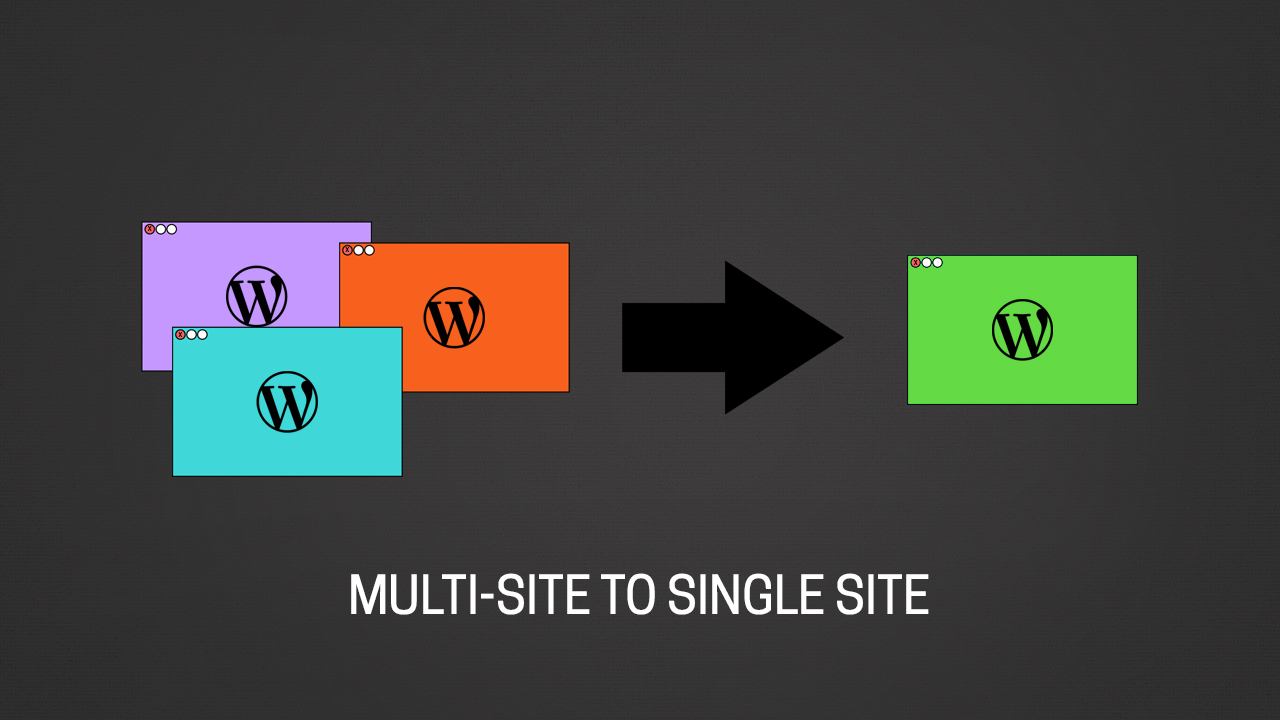Update: It’s finally out in new WordPress 5.0. I really liked it.
Last Year, WordPress announced a new Editor plugin, namely – Gutenberg Editor. Many WordPress users, including me, were excited to hear the news. Though, after the Beta-launch many of them were disappointed. So, here’s a brief introduction to this new editor, see for yourself if it meets your expectations.
If you’re a blogger then you might be using WordPress as a platform to run your website, in accord with this I’d like to tell you that in an e-book, that I am going to publish soon, I’ve mentioned – “In my opinion, WordPress can be the best blogging tool for any Blog.”
The Gutenberg Editor is a completely re-designed form of the old editor, which gives a significantly different Creating Experience. It focuses more on structure-based writing and editing; to give you the freedom of expressing your valuable ideas in the same way as they might appear in your head. You no more need to depend on what code you have to adapt to while writing a new post, plus it is easy to use if you know what you’re in for.
An edited extract from WordPress.org site – “the Gutenberg Editor – meant to revolutionize Online Publishing or Blogging.”
Official launching for the Gutenberg Editor, as declared, is in the coming June 2018. But, it is still available for use on your WordPress site. You can install it through your WordPress Plugins Section or download it directly from this link.
Note: I do not recommend using this editor on your live website, as it’s still in the beta-version, use it on your local-site (which you host on Xampp or Wamp) instead.
Table of Contents
What exactly is this WordPress Gutenberg Editor?
Gutenberg Editor may overtake the existing TinyMCE Editor. The old editor is currently considered the most advanced Editor; designed to simplify the content writing process for websites.
It uses Content Blocks to create pretty posts and its main aim is to make it much easier for the casual users to create posts.
Or, in the words of Matt Mullenweg, co-founder of WordPress:
The editor will create a new page- and post-building experience that makes writing rich posts effortless, and has “blocks” to make it easy what today might take shortcodes, custom HTML, or “mystery meat” embed discovery.— Matt Mullenweg
The TinyMCE editor in the Current WordPress looks like this:

Now, here’s what the latest WordPress Gutenberg Editor looks like:

A post comprises of distinct units or pieces of content called Blocks. “These pieces should be easy to insert and manipulate, providing rich and contextual interfaces to interact with as you craft a post.” – as written on the editor-technical-overview page of WordPress.org official website. You can visit their actual page via this link.
“The use of blocks allows the user to focus on how the content will look without concerning other configuration options. This, ultimately, will help all users present their content in a way that is engaging, direct, and visual.”- taken from the official Gutenberg page.
Moreover, this project aims at decreasing the complexity of existing highly-tailored sites.
Gutenberg Editor has three planned stages:
Firstly, applying the Blocks feature by including it in WordPress 5.0 as a Gutenberg Editor plugin. This is to build the foundation. Other two stages are planned for the next year. Their main focus will be on exploring the possibilities of Block formatting and to go beyond pages and reach full-site customization.
Reviews for the Gutenberg Editor :
 We can see from this data that not many users showed interest in the beta version.
We can see from this data that not many users showed interest in the beta version.
But, in my opinion, it’s worth giving a try. And, who knows, they might come up with some exciting feature in time to come. Try not to judge it before the final release.
How do we access this New Gutenberg Editor?
After installing the plugin, when you click on Add New Posts, you get two options.
1. Whether you want to write the new post using Classic Editor, or,
2 If you want to use Gutenberg Editor.
Choose Gutenberg to start editing with it.
How to Use WordPress Gutenberg Editor?
I must say, Gutenberg Editor is easier to use as compared to the current/old editor as you get to use blocks for inserting things. In the old editor, you had to write, add images and work in a single box. With Gutenberg, you get variety and ease. Below’s a list of what is counted as blocks.
- A text paragraph
- An image
- An embedded video
- A quote
- A button
This is how the editing area of new editor looks like:
Hope you find it useful. 🙂 Don’t forget to share and subscribe to our site for more posts like this.






Leave a Reply